Egyptian streets are similar to no other streets around the world; they are packed with millions of stories that can fill hundreds and hundreds of books. Every corner around us has a tale to tell, every street is a page in the book of our country. They tell the stories of national heroes, battles, landmarks, kings, martyrs, scientists, authors… Our streets are the perfect witnesses to our immense history, our fascinating past, and our promising present.
We walk our streets every day in our lives without really knowing the hidden history that paved these places, without pausing to ask ourselves about the stories behind the street name signs, therefore in a series of articles, we will read together Egypt’s history through the etymology of its streets.
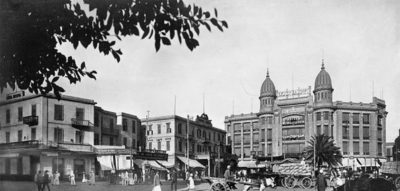
During the reign of Mohamed Ali Pasha, and for the first time in Egypt, an order was issued to name the streets and number the buildings everywhere around the country. That’s when the stories of our streets began…
Until this very day, streets, districts and roads naming in Egypt is a mission assigned to a scientific committee that includes historians, to ensure that no part of our history gets overlooked.
In the first episode of our series, we will walk through four of the most interesting and fascinating back-stories of street and district names in Egypt. Let’s dig into history…
Al Share’a El A’zam (The Greatest Street)
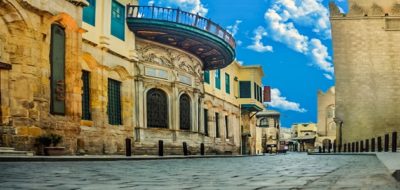
Constructed by Jawhar The Sicilian, the general who under the command of Caliph Al-Mu’izz led the conquest of Egypt, and founded the city of Cairo and Al-Azhar Mosque in 969. Al Share’a El A’zam was originally 4800-meter-long, and it’s the symbolization of five Islamic eras; Fatimids, Ayyubids, Mamluks, Ottomans and the Mohamed Ali Pasha era.
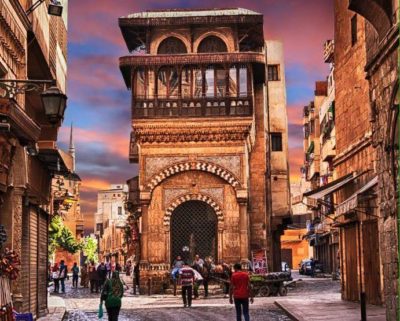
The grandiosity of the street attracted all kinds of industrial and trade crafts; blacksmiths, saddle-makers, horse-traders…You could also find markets for weapons, gold, coal, copper, paper, herbs…etc.

It became the heart of the city, therefor it only made sense that the people started to refer to it as the Greatest Street,
Al Share’a El A’zam because indeed it is the greatest street we have in our lovely capital, and during Mohamed Ali’s reign the name became official.
Al Mosky
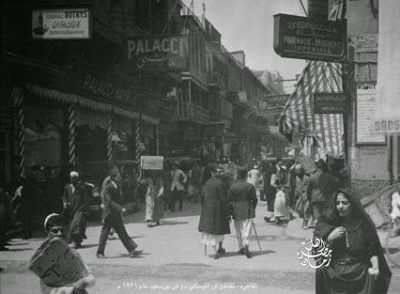
Located in El-Attaba area, the name of this ancient district is attributed to its founder; prince Izz Al-Din Mo’asak, one of Sultan Salah Al-Din Al Ayoubi’s relatives. The prince has also constructed in this area a very popular arch, known as El Mosky Arch that saddly had endured severe damage during the French protectorate.

The prince’s name hasn’t gone down to history due to his royal blood, or the battles he joined, but thanks to that poor district and it’s beautifully old arch his name is craved into our memories.
Al Mounira
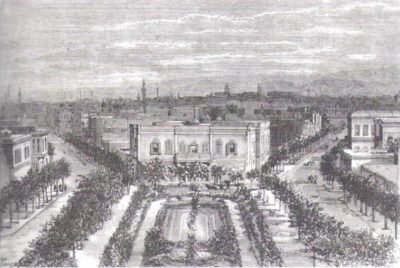
Forty consecutive nights of extravagant parties, lavishing feasts, singing pavilions, fire breathers, sword dancers, acrobats, aerial gymnasts, contortionists to add an extra element of surprise and fun… That was Khedive Ismail’s definition of throwing a party, folks! But in January 1873 it wasn’t just a party, it was his sons and only daughter’s weddings, aka ‘Afrah Al-Angal’, so he literally blew the doors off with glamour and festivity.
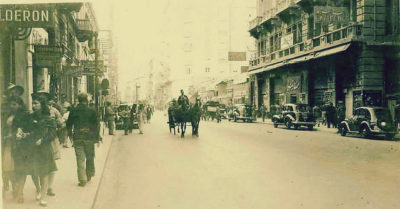
These prodigious weddings weren’t only short on royals, but rather the masses took advantage of the celebrations, El Qasr El Aaly opened its door and played host to the whole nation. The galas featured entertainment from Abdo El Hamouly and Saknah Pasha’s serene voices, to fascinating performances from Egypt’s prominent dancers… The whole area around El Qasr El Aaly is known until the present day as ‘El Mounira’, and that’s due to the dazzling lights that were irradiating from the celebration at the galas. What a fascinating era!
Al Corbah
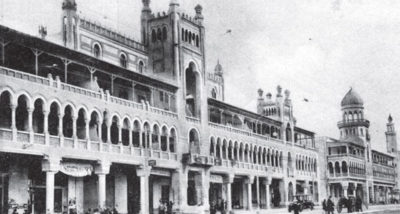
Ever wondered what is the story behind the name of this famous neighborhood located in Heliopolis? There is a reason why this name doesn’t make sense in Arabic, it is due to the fact that originally it’s a French word.
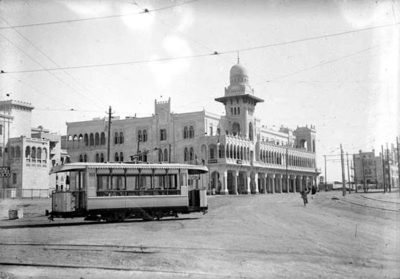
Al Corbah was originally called “La Courbe”, a French word that means the curve. There used to be a tram line passing through Baghdad street, and the line was curved in the shape of an arc, hence the tram conductors would call this station ‘La Courbe’.
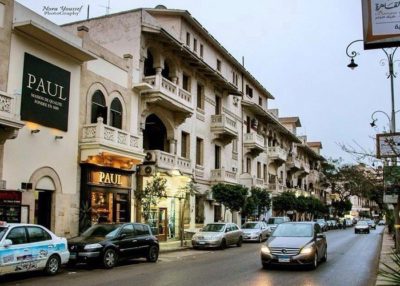
With time, the name was transformed from La Courbe to Al-Corbah. The tram is gone, but the name is still there.
Streets indeed narrate the story of their country.
 Thu, Dec. 27, 2018
Thu, Dec. 27, 2018










